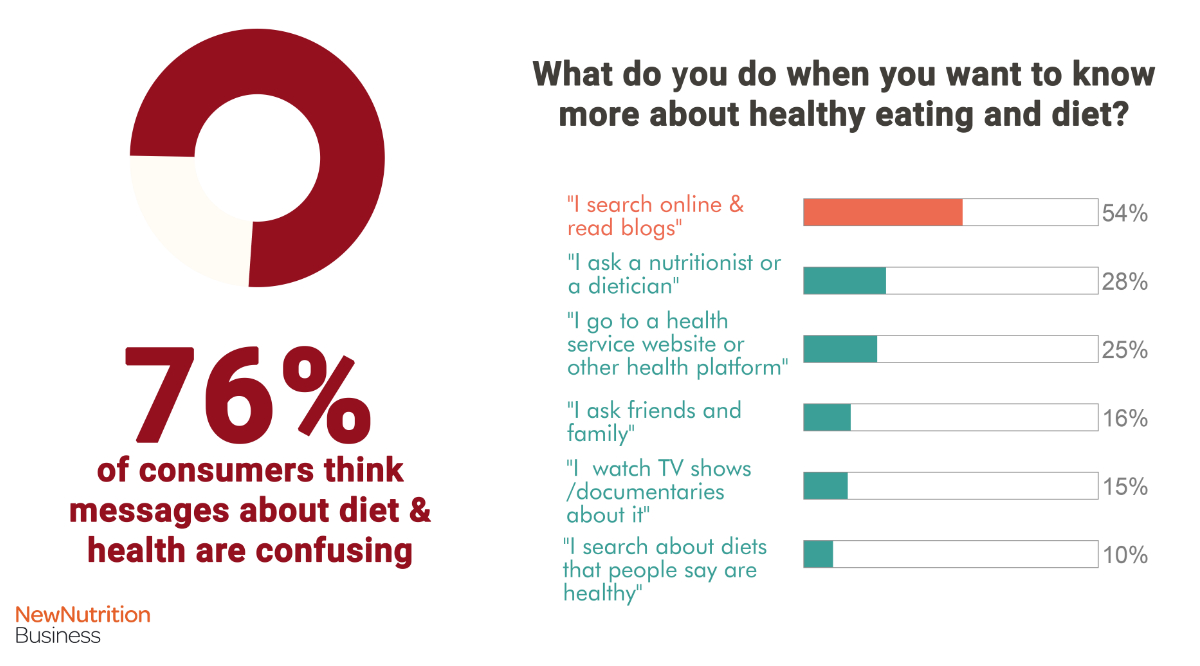LONDON — More people could learn about the fiber benefits of bread judging by a survey on digestive health from the London-based consultancy New Nutrition Business. While 24% said they believed bread was good for digestive wellness, another 39% said they believed it was bad for digestion.
The survey involved 3,000 people from the United Kingdom, Australia, Spain, Brazil and the United States. Bread still fared well when compared to other items known for digestive health. The percentages for kefir were 18% good for digestive health and 10% bad. The percentages for sauerkraut/fermented vegetables were 16% good and 23% bad.
The Grain Foods Foundation, Washington, points to bread’s fiber content as a positive in digestive health. In Americans’ diets, grains provide 23% of the fiber, which adds bulk to the diet, helps with digestion and helps prevent constipation. White bread contains 2 grams of fiber per 100 grams, and whole wheat bread contains 6.5 grams of fiber per 100 grams.
Consumers had mixed reviews on other food items as well. The percentages for dairy milk were 47% good for digestive health and 31% bad. The percentages for meat were 28% good and 33% bad. Fruit received the best marks at 83% good and 6% bad. Following fruit were vegetables, at 78% good and 5% bad, and yogurt, at 69% good and 9% bad,
“Contradictory consumer beliefs about which foods are good or bad for digestive health indicate how strongly attitudes about food and health are fragmented,” said Joana Maricato, research manager at New Nutrition Business. “Most people are adopting a wide variety of behaviors in relation to diet and health.”

She gave mistrust in official dietary guidelines as a reason for the variety of behaviors. In the survey 76% said they thought messages about diet and health were confusing.
“Changes in dietary advice over the past 15 years have created consumer skepticism about the expert opinions of dietitians and nutrition researchers, just at the moment that technology has made it easier for people to find dietary information for themselves,” Ms. Maricato said.
More than half of the survey respondents (54%) said they searched online and read blogs when they wanted to know more about healthy eating and diet.




